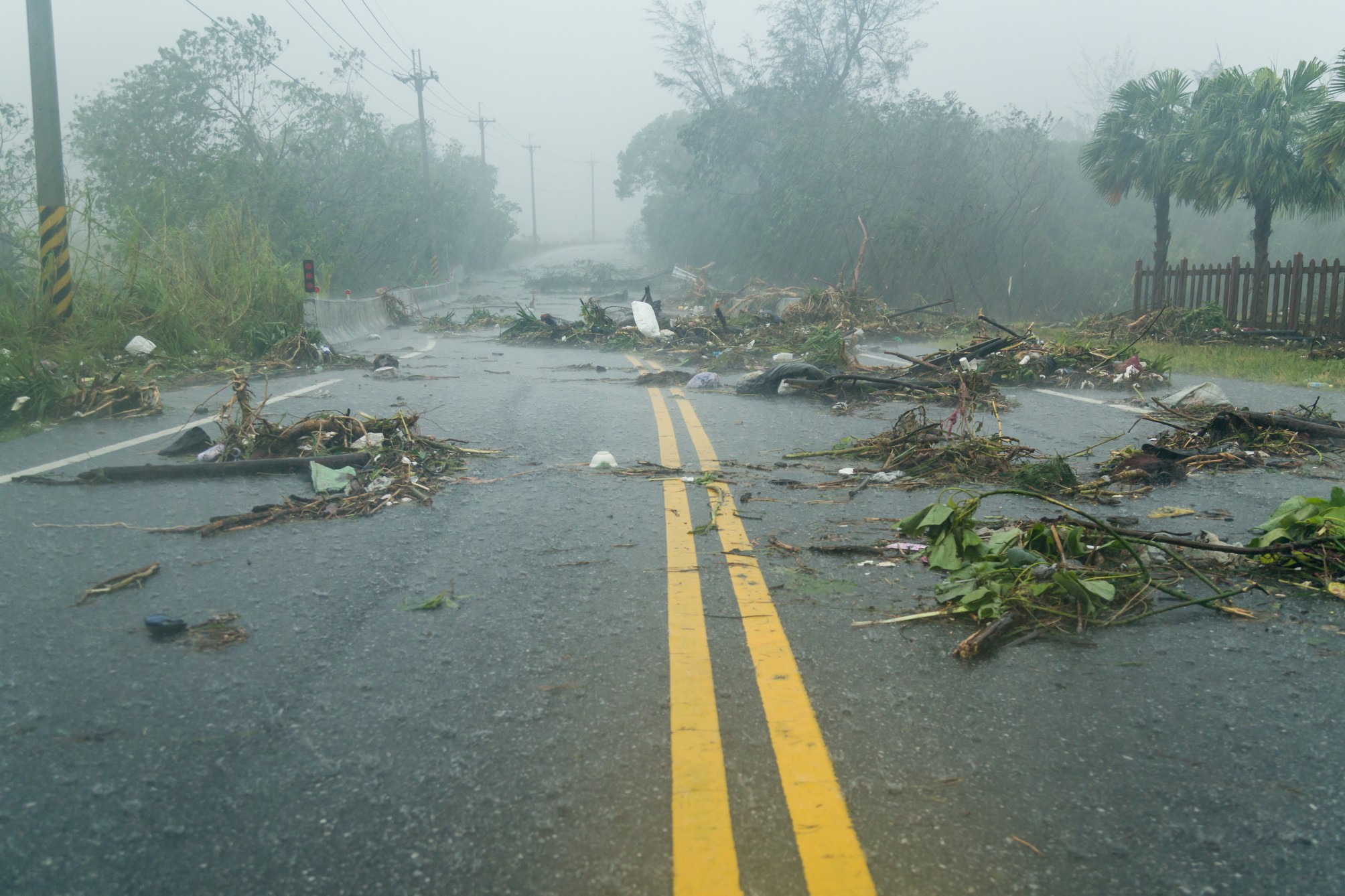
Heavy Rain, Flooding, and Chance of Severe Weather Staring Down the Southern U.S.
January 22, 2024
Posted: September 18, 2023 9:48 am





After surviving for nearly two weeks in the Atlantic Ocean, what was once Hurricane Lee finally came on shore in the eastern Canadian province of Nova Scotia. Here is a look at the wrath of the monster storm.
The most powerful storm thus far of the 2023 Atlantic hurricane season when Lee made landfall in Long Island, Nova Scotia at about 4 pm EDT Saturday. The storm had been downgraded to a post-tropical cyclone prior to making landfall. Lee is responsible for at least one fatality after high winds brought down a tree limb on a motorist driving in Searsport, Maine.
Lee began to lose some of its tropical features when it moved closer to land. Although the hurricane-force winds stretched about 150 miles from the eye, the tropical-storm-force winds expanded approximately 400 miles from the center. The torrential rain and strong winds continued to march to the north, unleashing on portions of New Brunswick, eastern Quebec, Labrador, and Newfoundland.
New England also experienced some of the impacts of Lee on Friday and Saturday. Strong winds swirled across the coastal areas while high waves rushed up on the beaches. Wellfleet, Massachusetts recorded the strongest wind gust from the storm, coming in at 65 mph. The National Weather Service (NWS) said that it had fielded about one dozen reports of downed trees and power lines across both Washington County and Hancock County in Maine.
The severe weather also severely impacted travel throughout the region. The worst of the airline delays and cancelations were reported at Boston Logan International Airport.
Maine and Massachusetts are under states of emergency due to the conditions. In addition, U.S. President Joe Biden has authorized the Department of Homeland Security and the Federal Emergency Management Agency (FEMA) to work in tandem to coordinate any necessary disaster relief measures after the full scope of the storm is revealed.
The storm is now the third tropical event of the season to make landfall in North America. Most recently, Hurricane Idalia hit western Florida at the tail end of August. A few weeks prior, Tropical Storm Harold came onshore in southern Texas.
It has been a challenging year for Nova Scotia. Lee is just the latest weather disaster to impact the province in recent months. The end of May brought massive wildfires across the region, destroying over 65 square miles. Just a few months later, a rash of severe weather brought 10 inches of rain to parts of the province, creating deadly flash flooding conditions.
It was a long journey for Lee as it moved across the Atlantic basin. The feature got its start on September 5 as a tropical depression that came to life in the central Atlantic Ocean. It only took six hours for the depression to be upgraded to a named tropical storm as it continued to grow and intensify.
Lee went through the process of rapid intensification on September 7, taking 18 hours to transition from a Category 1 storm to a potent Category 5 hurricane packing winds of 160 mph. In doing so, Lee became the first Category 5 storm of the 2023 Atlantic hurricane season. The hurricane hit wind speeds of 165 mph at its peak. A storm needs to reach sustained winds of at least 157 mph to be categorized as a Category 5 hurricane.
There will be no rest for hurricane watchers as a new storm is already on the horizon. More tropical trouble brewing? Tropical Depression 15 is churning over the central Atlantic with forecasters projecting that it will become a hurricane in the next few days. The feature will be called Nigel once it strengthens into a tropical storm.
The latest models are predicting that the storm could turn to the north earlier than had previously been forecast. This would take it away from the U.S. coastline. Bermuda appears to be the only major land mass that will see the impacts from this feature should it stay on its current trajectory.
Did you find this content useful? Feel free to bookmark or to post to your timeline for reference later.

January 21, 2024

January 19, 2024

January 18, 2024